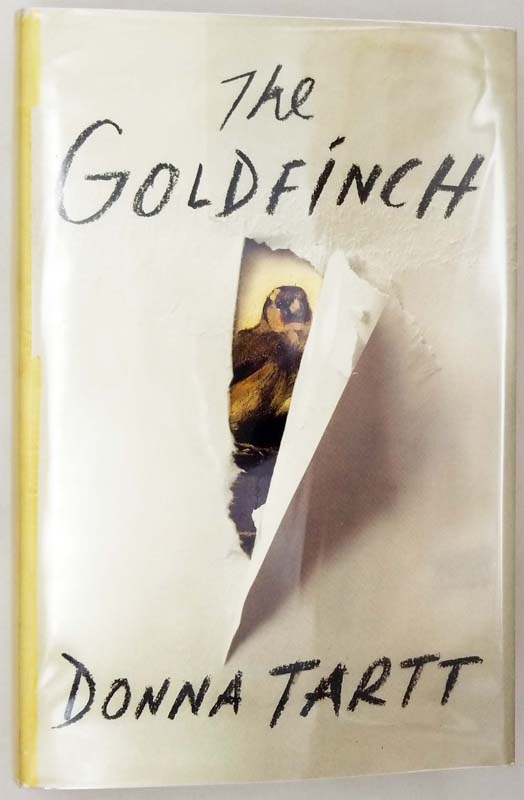
Such an army of flat characters could flop in the hands of a lesser author, but Tartt exploits each figure as a nuanced comment, often satirical, on the modern human condition. Bracegirdle Theo’s slick gambler dad, Larry Decker and the menacing blackmailer Lucius Reeve. Barbour, who is “so cool and blonde and monotone that sometimes she seemed partially drained of blood” paternalistic yuppie psychiatrist Dave the efficient lawyer Mr. Characters are both Dickensian and unsettlingly recognizable types from our time: New York society lady Mrs. Tartt’s pages teem with fantastic personalities the more minor the character, the more brilliant their literary flourish. The human comedy detailed in Theo’s journeys is one of the novel’s greatest achievements. Meanwhile, in between adoption as a charity case by a rich Park Avenue family and being hauled to Las Vegas by his dissolute and menacing father, Theo befriends orphans and alienated individuals who effectively serve as his family. He hides the painting in his pillowcase and becomes profoundly connected to it as he grows up. The painting, which historically survived a disaster that killed its creator, now accompanies Theo in surviving a second calamity, this one a fictional 21st-century one that kills his own parent. In his confusion, Theo takes the painting with him as he escapes the disaster. Adult Theo recalls that on a rainy day in his childhood, he and his mother happened to be in a New York art museum when an explosion killed his mother and many others. The plot of the novel is recounted by Theo Decker, a young man who has secretly kept the titular painting for the past 14 years of his life.

However, “The Goldfinch” is so lovingly crammed with memorable characters, wicked sendups of modern society, beautiful descriptive passages, and bold ideas that it is still a fine achievement. Though Tartt gives her work the intelligence to apprehend its own limitations, she does not quite fully compensate for them. Its plot tends towards the improbable its style, frequently too diffuse and apologetically self-aware.

Like this painting, which glows modestly but lacks the full fire of a large Old Masters tableau, the novel is impressive but not overwhelming in artistry. Before the novel begins, readers are greeted in the title pages by a scaled-down color print of the 9x13” piece: a lone goldfinch, chained to part of a wall, quietly stands and returns the gaze of its viewer. Tartt’s title “character” is not a fictional person but rather a 17th century Dutch trompe l’oeil painting of the same name. Paintings, antique furniture, literature: in Donna Tartt’s latest novel, “The Goldfinch,” the believability of these art objects invariably surpasses that of the human characters.


 0 kommentar(er)
0 kommentar(er)
